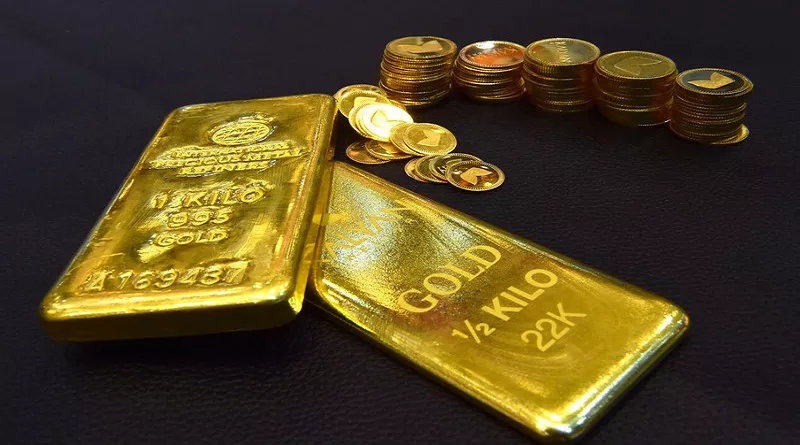Gold coins have captivated the imagination of humanity for centuries, symbolizing wealth, prestige, and a store of value. In today’s dynamic financial landscape, investors and collectors alike are drawn to the allure of gold coins. But what exactly determines the worth of a gold coin? This article delves into the intricate factors that contribute to the value of gold coins, exploring both their intrinsic and market worth.
Intrinsic Value:
At the core of a gold coin’s worth lies its intrinsic value, which is primarily determined by the metal content. Gold, a precious metal with a timeless appeal, is renowned for its scarcity, durability, and malleability. The purity of gold is measured in karats, with 24 karats representing pure gold. However, gold coins are rarely made of pure gold due to its softness. Commonly, gold coins are alloyed with other metals to enhance durability and longevity.
The weight and purity of gold coins play a crucial role in determining their intrinsic value. Investors and collectors often look for coins with a higher gold content, as these are considered more valuable. The intrinsic value provides a fundamental baseline for understanding the minimum worth of a gold coin, as it represents the raw material cost.
Numismatic Value:
Beyond the intrinsic value, gold coins often possess numismatic value, reflecting their historical, cultural, or artistic significance. Numismatics is the study and collection of coins, and numismatic value considers factors such as rarity, historical context, and overall demand among collectors.
Rare coins, minted in limited quantities or featuring unique designs, can command prices far exceeding their intrinsic value. Historical significance, such as coins from a specific era or those associated with a significant event, also contributes to numismatic value. Collectors seek out these coins for their aesthetic appeal, historical importance, and rarity, thereby influencing their overall worth.
Condition and Grading:
The condition of a gold coin plays a pivotal role in determining its market value. Coins in pristine condition, free from scratches, dents, or other forms of damage, are highly sought after by both investors and collectors. The grading system, established by professional coin-grading services, assesses the condition of coins on a scale from poor to perfect.
Coins that receive higher grades are considered more valuable, as they are deemed to be in better condition and, in turn, more attractive to collectors. Numismatic experts evaluate factors such as wear, luster, and overall preservation when assigning grades to gold coins. As a result, two coins with identical intrinsic values may differ significantly in market value based on their respective conditions and grades.
Market Demand and Trends:
The market demand for gold coins fluctuates based on various economic factors, investor sentiment, and broader market trends. During times of economic uncertainty or inflation concerns, investors often turn to gold as a safe-haven asset, driving up the demand for gold coins. Conversely, periods of economic stability may see a decrease in demand for gold coins.
Additionally, trends within the numismatic community can influence the value of specific coins. A sudden surge in interest for a particular coin or series may drive up prices, while declining popularity can lead to a decrease in value. Staying informed about market trends and understanding the pulse of the collector community is crucial for those looking to assess the current and future worth of gold coins.
Authentication and Certification:
Given the potential for counterfeit coins in the market, authentication and certification by reputable grading services are essential. Professional grading services, such as the Numismatic Guaranty Corporation (NGC) or the Professional Coin Grading Service (PCGS), provide a standardized and trusted assessment of a coin’s authenticity and condition.
Coins that have been authenticated and graded by these services often carry a premium in the market due to the assurance they provide to buyers. Authentication and certification contribute to the overall perceived value of a gold coin, assuring potential buyers of its legitimacy and quality.
See Also Why Is The Gold-Silver Ratio So High
Conclusion:
In conclusion, the worth of a gold coin is a multifaceted concept, encompassing both intrinsic and market values. While the intrinsic value is rooted in the metal content and purity of the coin, numismatic factors, condition, market demand, and authentication also play pivotal roles in determining its overall value. Investors and collectors alike must navigate this complex landscape, considering a myriad of factors to make informed decisions about the acquisition and sale of gold coins. As with any investment, thorough research, an understanding of market dynamics, and reliance on reputable sources are paramount for those seeking to unlock the true worth of gold coins in their portfolios.


